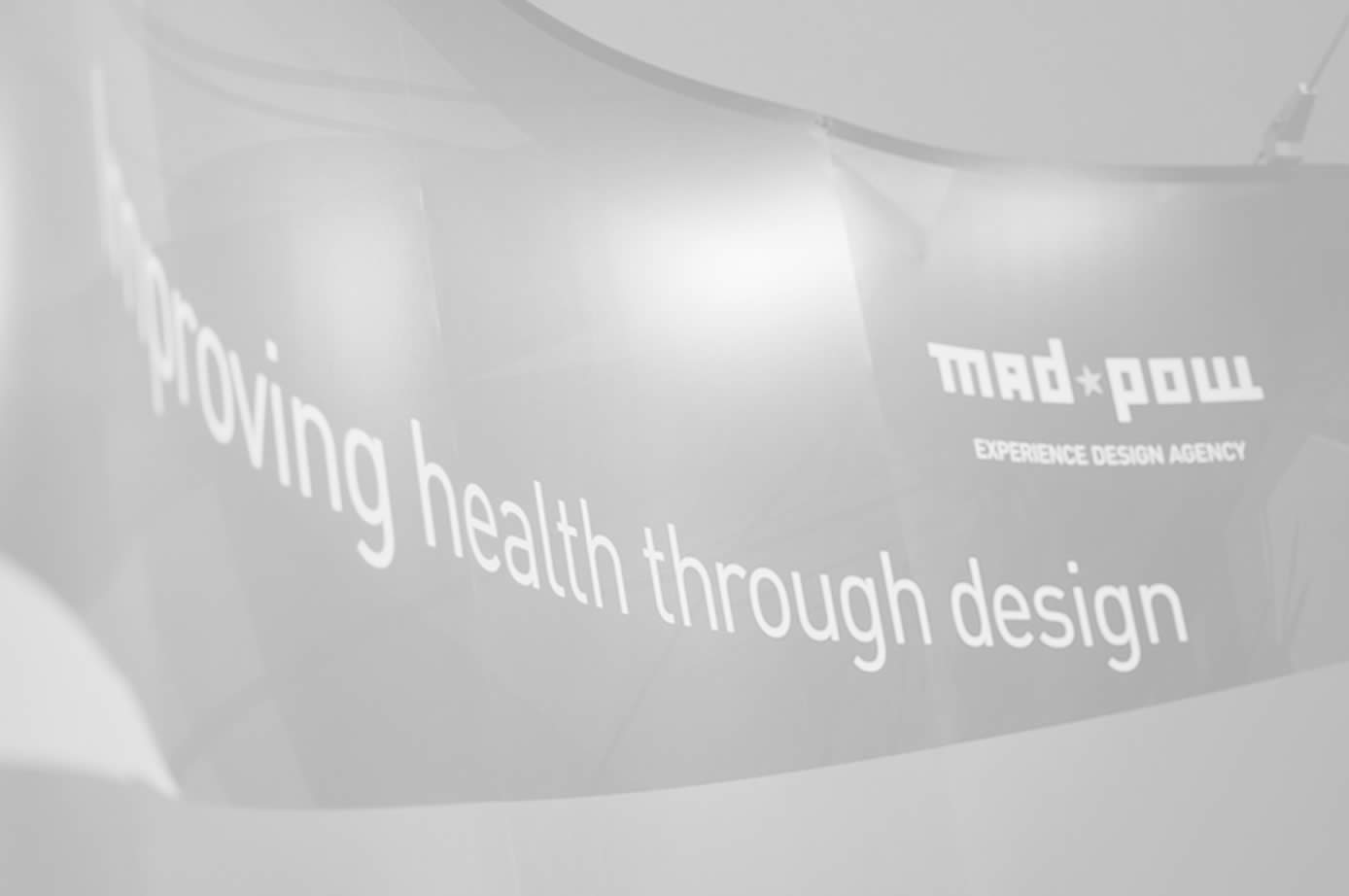About Me
Christopher Fabian is the co-lead of UNICEF's Innovation Unit in New York. The team identifies, prototypes and scales new partnerships, processes and technologies in support of UNICEF's 135 country offices. UNICEF has had recognized success in innovative design of development solutions. Examples of this work include the Digital Drum, which was recognized by Time Magazine as one of the Top 50 inventions of 2011 and the multiple award-winning RapidSMS which uses SMS / text messages to provide instant test results to health workers, track supplies and directly engage young people in discussing their problems and needs.
The team works exclusively with scalable, adaptable open-source technologies and ensures that local capacity and technical knowledge-building "in country" is a priority in every prototype and engagement.
Christopher co-created the Design for UNICEF course at NYU's ITP program and believes that authentic and humble engagement of academia, private sector and development can create powerful solutions for those most in need. Specializing in the confluence of design, technology and development, Christopher has been with UNICEF since 2006.
His academic background is in Philosophy and Critical Theory from the American University in Cairo, Trinity College, Dublin and The New School. Prior to UNICEF, Christopher founded technology start-ups in East Africa and the Middle East.





